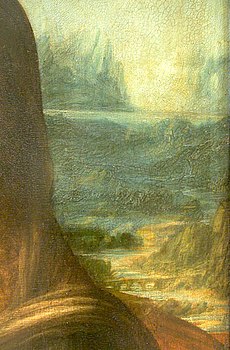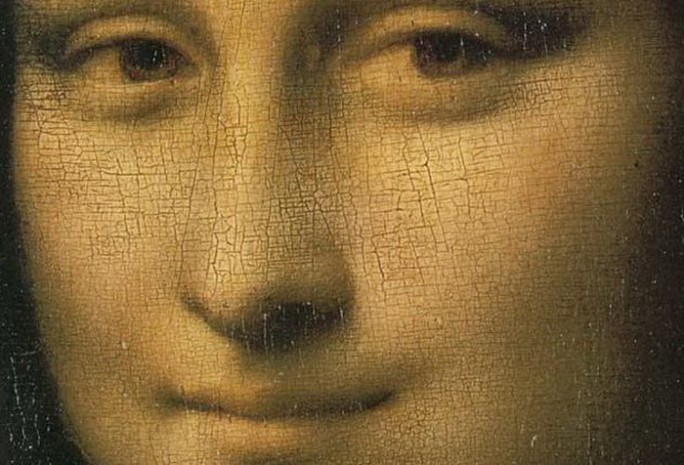Sfumato is an Italian word that means “smoky” or “blurred.” It’s also a painting technique that originated during the Renaissance period, where artists used soft, hazy blends to create a dreamlike effect. This technique is often associated with the master artist Leonardo da Vinci and his famous paintings, such as the Mona Lisa. Sfumato is a unique style that has stood the test of time, and its effects are still being used in art today.
The History of Sfumato
Sfumato is a technique that was developed during the Renaissance period, a time of great artistic and cultural growth in Europe. This era saw the emergence of many new styles and techniques, and sfumato was one of them. Artists such as Leonardo da Vinci, Michelangelo, and Raphael used this technique to create soft, hazy blends that added depth and realism to their paintings. They used sfumato to create a dreamlike quality that gave their paintings a surreal and otherworldly feeling.
The Techniques of Sfumato
Sfumato is achieved through a series of delicate and precise blending techniques. Artists first lay down a base layer of paint, and then build up additional layers of color, gradually blending them together. The final effect is a soft, hazy blend that creates a dreamlike atmosphere. Artists also used glazing techniques to achieve sfumato, where they applied a thin layer of transparent color over the base layer. This added depth and dimension to the painting, creating a lifelike effect.

The Styles of Sfumato
Sfumato was used in a variety of styles, from portraiture to landscapes. In portraiture, sfumato was used to create a soft, natural look, giving the subject’s skin a smooth and translucent quality. In landscapes, sfumato was used to create a hazy atmosphere, adding a dreamlike quality to the scene. This technique was also used to create an ethereal quality in religious paintings, adding a mystical and spiritual feel to the artwork.
The Legacy of Sfumato
Sfumato is a technique that has left a lasting legacy on the world of art. Its soft, hazy blends have inspired countless artists and its effects are still being used today. The masterpieces of the Renaissance period, such as the Mona Lisa, have become iconic works of art, and their use of sfumato has helped to cement the technique’s place in the annals of art history.
FAQs:
What is sfumato in art?
Sfumato is an Italian word that means “smoky” or “blurred.” It’s also a painting technique that originated during the Renaissance period, where artists used soft, hazy blends to create a dreamlike effect.
Who first used sfumato in art?
Sfumato was first used during the Renaissance period, and was popularized by artists such as Leonardo da Vinci, Michelangelo, and Raphael.
How is sfumato achieved in painting?
Sfumato is achieved through a series of delicate and precise blending techniques. Artists first lay down a base layer of paint, and then build up additional layers of color, gradually blending them together. The final effect is a soft, hazy blend that creates a dreamlike atmosphere.
What kind of paintings used sfumato?
Sfumato was used in a variety of styles, including portraiture, landscapes, and religious paintings. It was used to create a soft, natural look in portraiture, a hazy atmosphere in landscapes, and a mystical and spiritual feel in religious paintings.
Why is sfumato important in art history?
Sfumato is important in art history because it was one of the techniques that helped to define the Renaissance period, a time of great artistic and cultural growth in Europe. Its soft, hazy blends have inspired countless artists and its effects are still being used today. The masterpieces of the Renaissance period, such as the Mona Lisa, have become iconic works of art, and their use of sfumato has helped to cement the technique’s place in the annals of art history.
Conclusion
Sfumato is a unique and timeless painting technique that has left a lasting impact on the world of art. Its soft, hazy blends and dreamlike quality have inspired countless artists and its effects are still being used today. Whether you’re an artist, an art lover, or just someone with an appreciation for the beauty of the Renaissance period, sfumato is a technique that is well worth exploring.
























